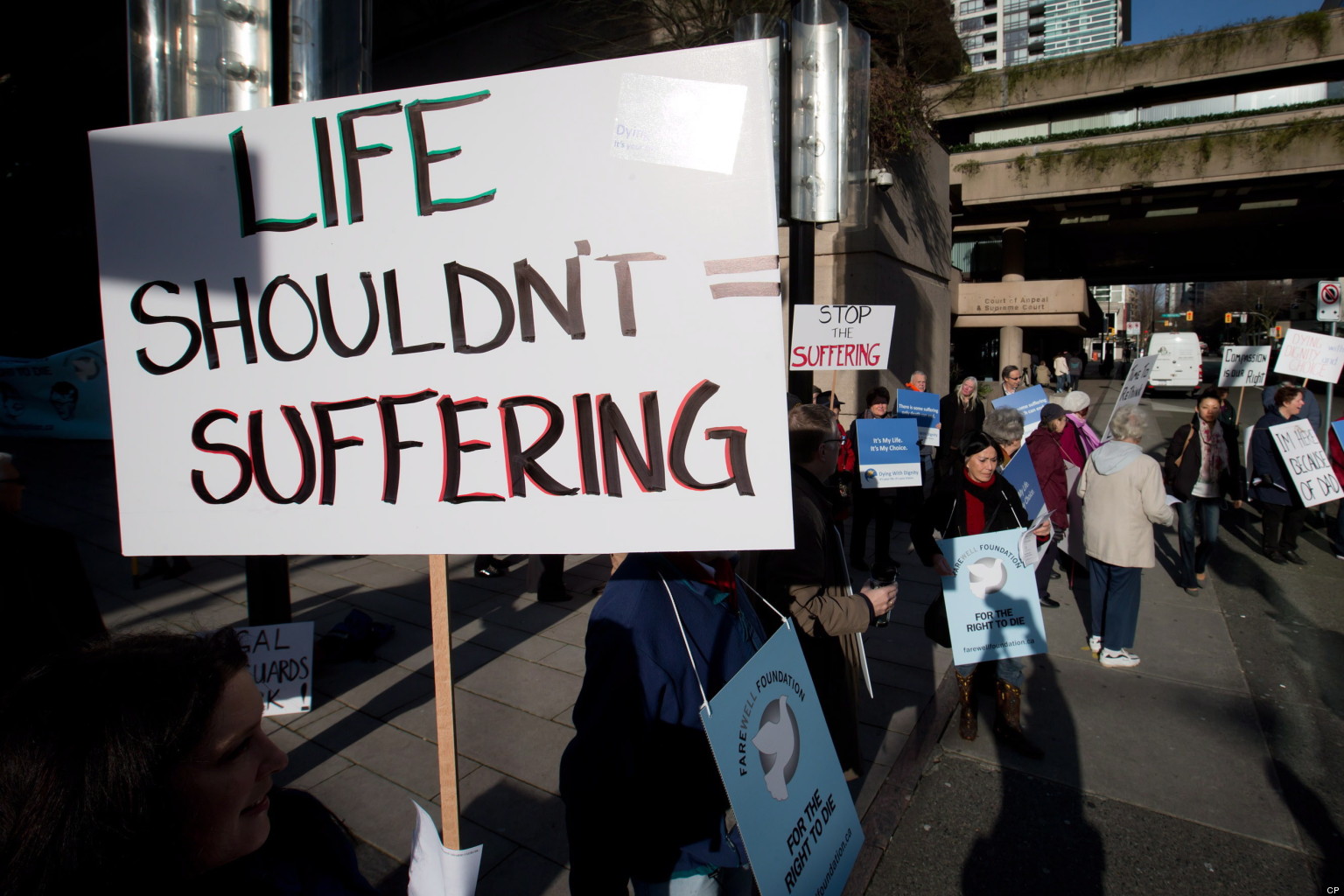[fblike]
 The last five years have seen an extension of rights in American society, notably for homosexual Americans that wish to get married and for transgendered individuals. However, there is another rights movement that has been very active and is now beginning to win legislative victories. The “right to die” movement, whose advocates say that patients who have terminal illness should be able to take their life with prescription medication at a time of their choosing, recently won a victory in California. California state legislators approved the End of Life Option Act last week, which would enable Californians to obtain life-ending prescription medication from a doctor. Currently, only four states allow for a form of physician-assisted suicide (also referred to as “physician-assisted dying”) – Oregon, Washington, Vermont, and Montana – but advocates of the “right to die” movement argue that a victory in California, which can be assured if Governor Jerry Brown signs the bill into law, could lead to other states passing similar legislation.
The last five years have seen an extension of rights in American society, notably for homosexual Americans that wish to get married and for transgendered individuals. However, there is another rights movement that has been very active and is now beginning to win legislative victories. The “right to die” movement, whose advocates say that patients who have terminal illness should be able to take their life with prescription medication at a time of their choosing, recently won a victory in California. California state legislators approved the End of Life Option Act last week, which would enable Californians to obtain life-ending prescription medication from a doctor. Currently, only four states allow for a form of physician-assisted suicide (also referred to as “physician-assisted dying”) – Oregon, Washington, Vermont, and Montana – but advocates of the “right to die” movement argue that a victory in California, which can be assured if Governor Jerry Brown signs the bill into law, could lead to other states passing similar legislation.
This topic brief will provide some basic information about the “right to die” movement, explain the reasons supporters give for why it should become a universal right, and then provide counterpoints from those who argue that “right to die” legislation constitutes a threat to basic human values.
Readers are also encouraged to use the links below and in the related R&D to bolster their files about this topic.




 Here is today’s premium R&D to accompany
Here is today’s premium R&D to accompany 
